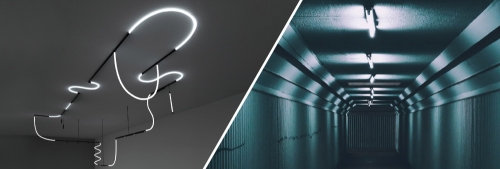Table of Contents
Light turns a room from dull to divine. Whether it’s a warm glow over your vanity mirror or the perfect pendant above your dining table, lighting defines how your home feels. But have you ever wondered which element is used in light bulbs to create that glow?
Behind every shimmering filament and every soft LED beam lies a fascinating bit of science and craftsmanship. Let’s dive into the elements that power our lights and understand how Jaquar designs lighting that’s as brilliant as it is beautiful.
What are Filament Bulbs?
For over a century, filament bulbs have been the symbol of simple, warm illumination. A thin wire filament made mostly of tungsten, the element that makes the magic happen, is inside these bulbs.
When electricity flows through tungsten, it heats up to about 2,500–3,000°C and gives off a steady, bright light. Tungsten is perfect for this job because:
- It has an exceptionally high melting point (3,422°C).
- It can glow intensely without breaking or evaporating quickly.
- It emits a pleasant, warm light perfect for cosy interiors.
These bulbs are usually enclosed in glass that contains argon or nitrogen gas to prevent the tungsten from burning out too fast.
Also Read: 4 Effective Ways to Convert Fluorescent Lights to LED
Why is Tungsten used in Filament Bulb?
Tungsten isn’t chosen by accident. It’s the best element for the job because it stays strong at high temperatures and emits a consistent glow.
Other metals, like iron or copper, would melt instantly under such heat. Tungsten’s resistance and durability make it the gold standard, which is why it’s used in most filament bulb designs, even today.
LED Light Bulbs: Modern Marvels
As homes and cities evolved, so did lighting. The new generation of LED light bulbs (Light Emitting Diodes) doesn’t rely on filaments at all. Instead, they use semiconductor materials, typically gallium, arsenide, and phosphorus, that emit light when electricity passes through them.
LEDs are far more efficient, converting up to 90% of energy into light, unlike traditional bulbs that waste most of it as heat. This means lower electricity bills, reduced maintenance, and a noticeably smaller carbon footprint.
For homeowners, that efficiency translates to everyday savings without compromising on brightness or warmth. LEDs also last up to 25 times longer than conventional bulbs, so you won’t find yourself constantly replacing them. They remain cool to the touch, making them safer around children and pets, and their instant illumination creates a clean, welcoming ambience the moment you flip the switch.
Beyond performance, LED light bulbs offer customisable colour temperatures, from crisp daylight to soft golden tones, allowing you to shape your home’s mood effortlessly. With sleek, energy-conscious designs available in Jaquar’s premium lighting range, LEDs bring together style, comfort, and sustainability in one perfect glow.
Jaquar’s premium lighting collection embraces LED technology while maintaining elegant design and warm ambience, a perfect balance of style and sustainability.
Which Is Better: LED Bulb or Fluorescent Bulb?
Both LED and fluorescent bulbs have their benefits, but LEDs win when it comes to overall performance. Fluorescent bulbs use mercury vapour, which produces ultraviolet light that’s converted to visible light using phosphor coating. While efficient, they’re less eco-friendly and harder to dispose of safely.
That’s why Jaquar focuses on LED-based light fixtures, combining contemporary design with long-term performance and energy savings.
Also Read: LED Lighting Vs Fluorescent Lighting - Which is Better?
The Hidden Elements Inside Light Bulbs
Beyond tungsten and semiconductors, light bulbs contain a range of materials that make them functional and durable. Here are five minerals commonly found in light bulbs:
1. Tungsten: for the filament.2. Silica: used in glass production for the bulb cover.
3. Argon: inert gas inside traditional bulbs to prevent oxidation.
4. Aluminium: used in the bulb base and connectors.
5. Copper: found in wiring and electrical contacts.
Each element plays a small but vital role in delivering the perfect illumination that defines premium lighting experiences.
Why Does a Light Bulb Filament Need to Be in a Vacuum?
Traditional bulbs are either vacuum-sealed or filled with inert gases like argon to prevent the tungsten filament from reacting with oxygen. Without this protection, the filament would oxidise, burn out instantly, and lose its glow.
This sealed environment ensures the bulb lasts longer, glows brighter, and stays clean inside, with no blackened glass or flickering light.
From the timeless glow of tungsten filaments to the sleek efficiency of LED lighting, the evolution of light bulbs reflects how technology meets artistry. Choosing the correct bulb is about ambience, sustainability, and design.
With Jaquar’s collection of premium light fixtures, you can illuminate every corner of your home with elegance and efficiency. Because true luxury isn’t just seen, it’s beautifully lit.
Also Read: Different Types of Light Bulbs and How to Choose the Right One
FAQs
Q. Is mercury still used in light bulbs?
A. Yes, mercury is still used in fluorescent and CFL bulbs, though in very small amounts. LED bulbs, however, are mercury-free.
Q. What are the 5 minerals found in a light bulb?
A. Tungsten, silica, argon, aluminium, and copper.
Q. Why is tungsten used in filaments of bulbs?
A. Tungsten has a high melting point and can glow intensely without melting, making it perfect for filament bulbs.
Q. What is the filament in a modern light bulb made of?
A. In traditional bulbs, it’s made of tungsten; modern LED light bulbs don’t use filaments, they use semiconductors instead.
Q. Why does a light bulb filament need to be in a vacuum?
A. To prevent oxidation and prolong the filament’s life by protecting it from reacting with air.
Explore Our Categories:
LED Bulb Lights

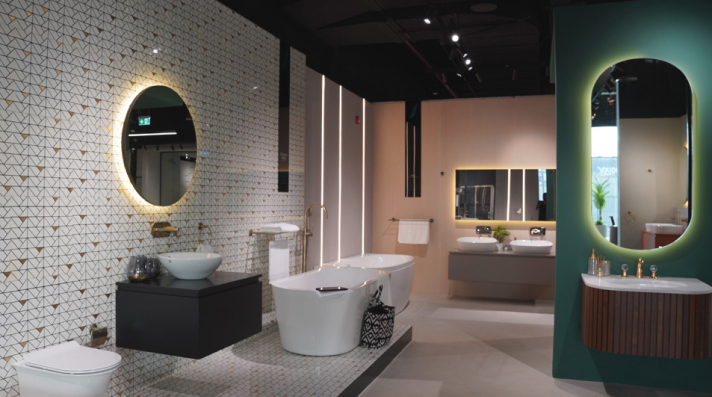
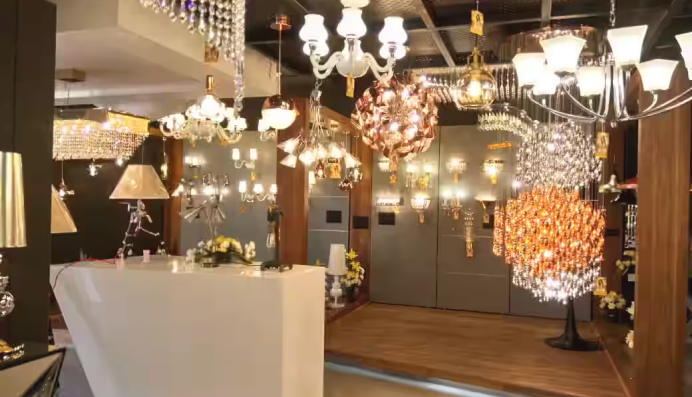
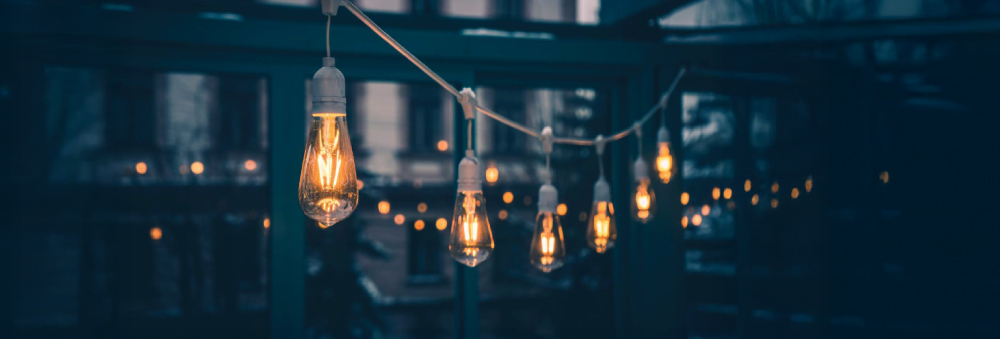
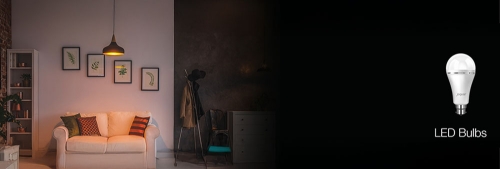
-Bulbs--_500.jpeg)
